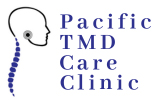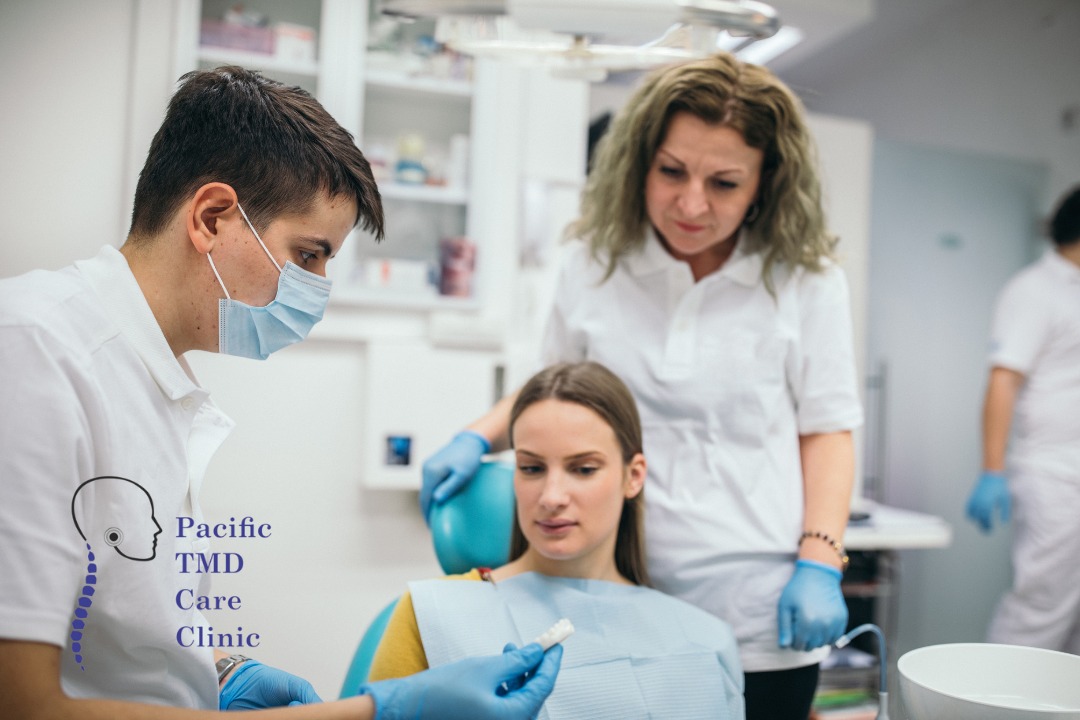Temporomandibular disorders (TMDs) present multifaceted challenges, affecting millions worldwide. These conditions encompass a complex interplay of biological, social, and psychological factors, leading to substantial pain and reduced jaw mobility. In this discourse, we delve into the profound potential of using appliances and implants in addressing these pressing concerns, particularly when combined with physiotherapy.
Understanding TMD and the Role of Appliances
Temporomandibular disorders encompass various conditions affecting the temporomandibular joint (TMJ), muscles of mastication, and related structures. Appliances such as occlusal splints are commonly used to alleviate pain and improve function. Stabilization appliances, the most frequently used devices, help reduce TMJ pain by repositioning the jaw to minimize strain on the joint (1).
Exploring Appliance Therapy
Soft and hard stabilizing appliances are both effective in reducing masticatory muscle pain. Studies show no significant difference in the efficacy of soft and hard appliances for short-term pain relief (2). Combining appliances with other therapies, such as stress management, offers a more comprehensive treatment approach. This combination has been shown to be more effective than using appliances alone (3).
Real Patient Experiences with Appliances
Patients using stabilization appliances report significant pain reduction and improved jaw function. These appliances work by repositioning the jaw and alleviating strain on the TMJ, demonstrating their utility in TMD treatment (4).
The Role of Implants in TMD Management
Implants are less common than appliances but are used in cases where other treatments are ineffective. For edentulous patients with TMD, implant-supported overdentures provide stability that traditional dentures lack, reducing pain and improving mandibular function (5). TMD symptoms can develop or worsen during or after dental implant treatments, making it crucial to assess patients for TMD risk before procedures and manage symptoms accordingly (6).
Seeking Professional Guidance
When experiencing persistent TMD symptoms, seeking professional guidance is essential. Dental practitioners and specialists are well-equipped to assess and address TMD discomfort. They offer specialized treatments and therapies designed to target the root cause of the pain, providing patients with effective solutions.
TMD management is complex and multifaceted, requiring careful evaluation and a tailored treatment approach. By understanding the role of appliances and implants, and seeking expert care, individuals can take meaningful steps toward alleviating TMD symptoms and enhancing their quality of life. The integration of appliances, implants, and physiotherapy provides a robust framework for managing TMD effectively.
References:
1. Klasser, G., & Greene, C. (2009). Oral appliances in the management of temporomandibular disorders. Oral Surgery, Oral Medicine, Oral Pathology, Oral Radiology, and Endodontics, 107(2), 212-223. doi:10.1016/j.tripleo.2008.10.007
2. Pettengill, C., Growney, M., Schoff, R., & Kenworthy, C. (1998). A pilot study comparing the efficacy of hard and soft stabilizing appliances in treating patients with temporomandibular disorders. The Journal of Prosthetic Dentistry, 79(2), 165-168. doi:10.1016/S0022-3913(98)70211-2
3. Turk, D., Zaki, H. S., & Rudy, T. (1993). Effects of intraoral appliance and biofeedback/stress management alone and in combination in treating pain and depression in patients with temporomandibular disorders. The Journal of Prosthetic Dentistry, 70(2), 158-164. doi:10.1016/0022-3913(93)90012-D
4. Fricton, J., Look, J. O., Wright, E., Alencar, F. G., Chen, H., Lang, M., Ouyang, W., & Velly, A. (2018). Systematic review and meta-analysis of randomized controlled trials evaluating intraoral orthopedic appliances for temporomandibular disorders. Journal of Orofacial Pain, 24(3), 237-254. doi:10.1002/9781119289999.oth51
5. Engel, E., & Weber, H. (1996). Treatment of edentulous patients with temporomandibular disorders with implant-supported overdentures. The International Journal of Oral & Maxillofacial Implants, 10(6), 759-764. doi:10.1097/00008505-199600530-00028
6. Park, J., Kim, M.-G., Choi, Y., & Huh, J.-K. (2016). Temporomandibular disorders during or after dental implant treatment. Journal of Korean Society of Dental Hygiene, 20, 116-122. doi:10.12972/IMPLANTOLOGY.20160011

